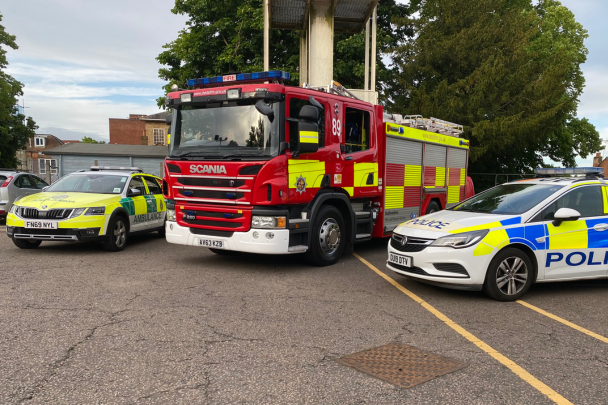What causes accidents on our roads? Do you think you know everything there is to know to stay safe and avoid prosecution?

There are five main causes of death on the road. These are known as the fatal five:
- speeding
- not wearing your seatbelt
- distractions - using your mobile or a hand-held device
- drink and drugs
- careless and inconsiderate driving
Here, you’ll find top tips on how to avoid these dangers and make sure that you’re staying safe whilst driving. Irresponsible driving doesn’t just risk your life, but the lives of others too. It’s better to be safe than sorry.
1. Speeding
- make a habit of checking your speedometer regularly
- look for road signs (especially at junctions)
- remember - streetlights mean 30mph (until signs tell you otherwise)
- when driving at 30mph, try using third gear to stay within the safe limit
Even if you’re within the speed limit, make sure you’re driving appropriately.
Think carefully about the road you’re on and any other conditions.
2. Remember – always wear your seatbelt
It’s against the law to not wear your seatbelt in vehicles where they are fitted, there are only a few exceptions.
It is the responsibility of the adult passenger (not the driver) to ensure that they are using their seatbelt.
Anyone with a certificate of exemption from compulsory seatbelt wearing issued by a doctor for medical reasons is exempt from having to wear a seatbelt, but they must keep the certificate in the vehicle and show it to the police if stopped. They should also inform their insurer.
3. Distractions - using your mobile or a hand-held device
It only takes a brief distraction such as a glance at your phone screen for a fatal accident to happen. Whatever the message it will still be there when you are in a safe place to answer it - safely parked, off the road, with the engine switched off and the keys out of the ignition.
Ways to avoid the temptation of looking at your phone:
- switch off your phone or device before you set off
- divert your phone to voicemail
- in Apple iPhone settings, go to - Settings > Focus > tap Driving > turn on the Driving Focus mode
- for Android users, download the Live2Txt app – this allows you to block calls and texts whilst on the road
Even though hand-held device kits are legal, they can still be dangerously distracting. Operating Satnavs whilst driving is also an unsafe behaviour.
4. Drink and drug driving
You could be imprisoned, face a fine and be banned from driving if you're found guilty of drink driving.
If you are found driving or attempting to drive whilst above the legal limit, you may get:
- 6 months imprisonment
- an unlimited fine
-
a driving ban for a minimum of a year
5. Avoid distractions
Distraction is linked to so many bad driving behaviours. Distracted drivers are not sufficiently focused on what is happening on the road including:
- keeping their vehicle at an appropriate and legal speed
- keeping an appropriate distance from the vehicle in front
- reacting quickly
They are also likely to compound one distraction behaviour with many others.
